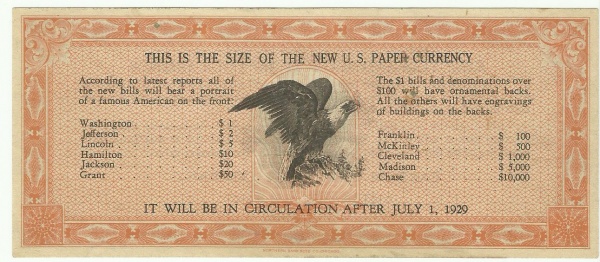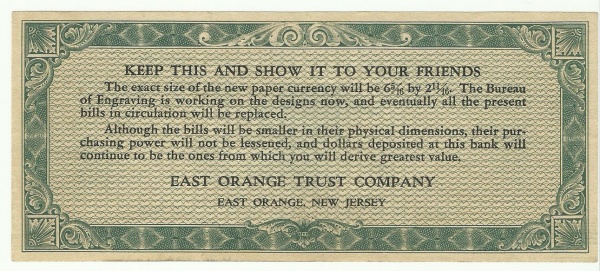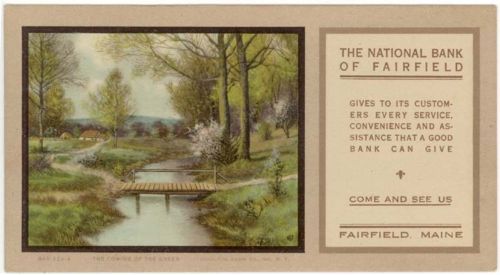Ink blotter englisch
Ink Blotters have been around since the early 19th century. They are from a time when ink or fountain pens were used to write. Most of the time, the paper absorbed a rather large quantity of ink which lead to smudges in the writing. The old fashioned way of getting rid of excess ink was to use salt dispersed over the pages. This method become quite expensive over time, hence a tool was needed to replace the salt and blot off any excess ink. The ink blotter was born. Most of the time the ink blotter was a hand held rocking device made out of wood with a handle and a half-moon rounded edge coated with felt.
In 1856, the U.S. company Josef Parker & Sons had the glorious idea to use a sort of blotting paper instead of the rather heavy wooden ink blotter. Quickly, Parker becomes the leading manufacturer of this soft blotting paper. Smart business men and shop owners came up with the idea of using this blotting paper as an advertising surface and soon the market was full of them advertising anything from vegetables to car dealers, all the way to interest rate charts for banks. The latter are probably the most interesting to bank note collectors. The ink blotter shown in the picture below is from around 1928 from the East Orange County Trust Company explaining the new size of the dollar bill during the change from large size dollar bills to small size dollar bills. It has the exact dimensions of the small size dollar bill which became legal tender in circulation as of July, 1st 1929
Below is another example of how banks advertised on ink blotter.
With the advancement of the ball point pen in the 1950s, ink blotters where no longer needed and faded away. Today, there is a growing trend to use fountain pens again, which allows companies like J.Herbin, created in 1670, to continue manufacturing and selling ink blotters.
cebcollect


